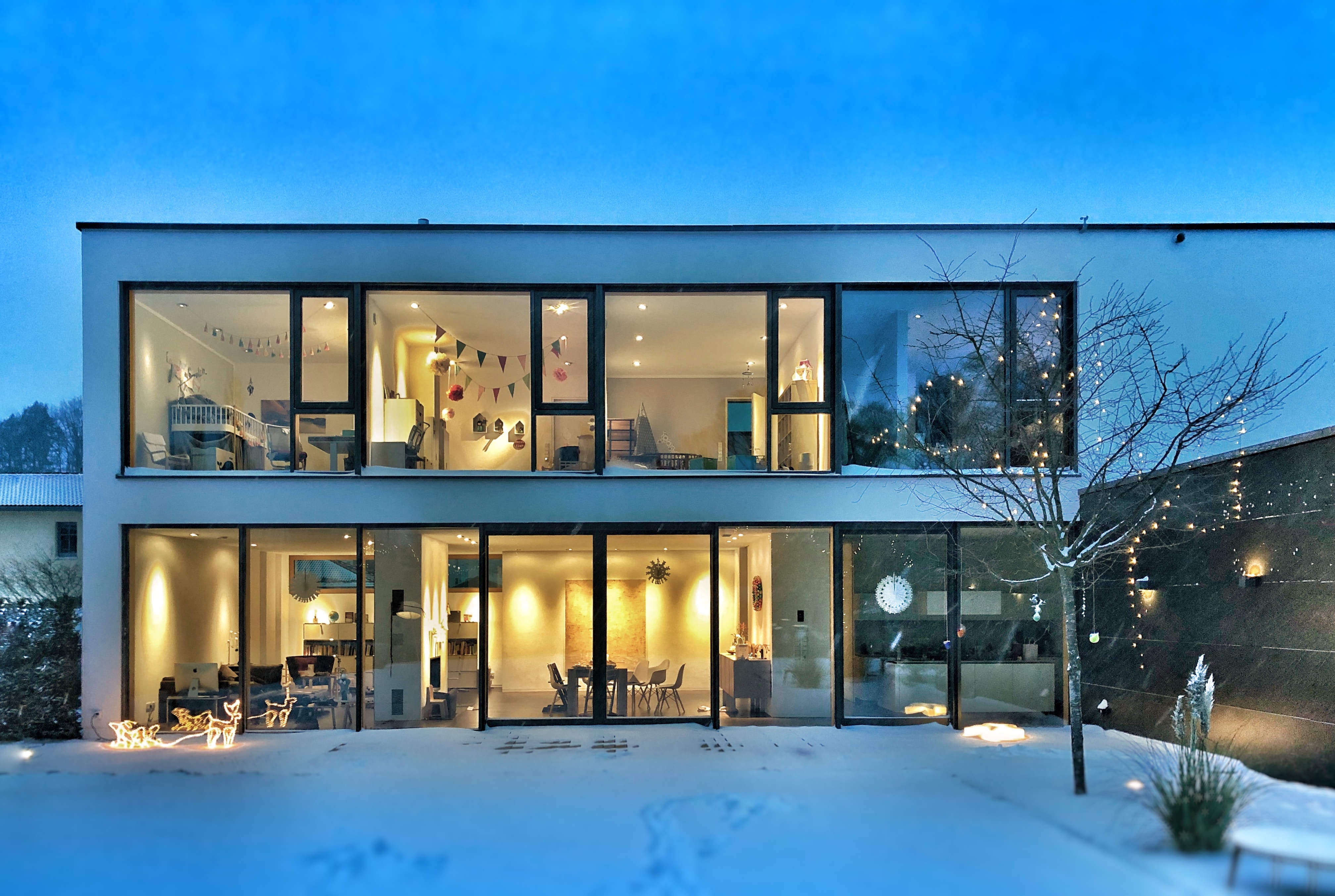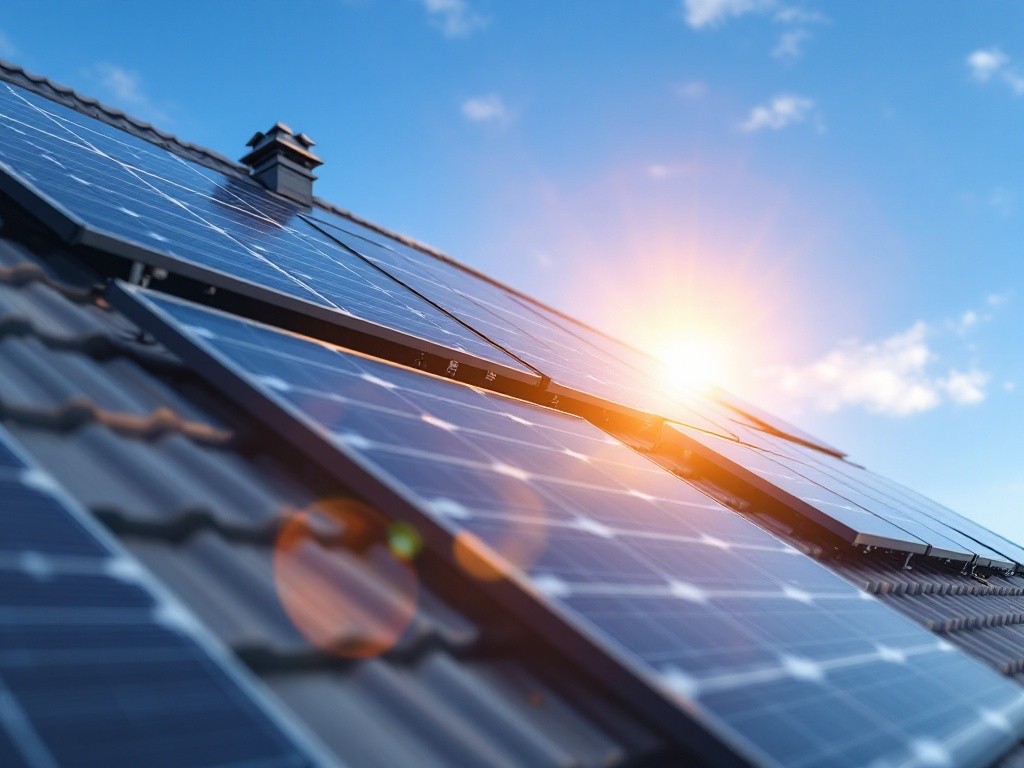Real Estate Tips
Ongoing Costs of Homeownership
When diving into homeownership, it's crucial to be prepared for ongoing costs that extend beyond the initial purchase. Understanding and budgeting for expenses such as utilities, property taxes, and regular maintenance ensures a smooth and sustainable homeownership journey. Here's a comprehensive guide to help you navigate these ongoing financial responsibilities.
1. Utilities: Understanding Consumption and Budgeting
Monthly Utility Bills: Anticipate monthly utility costs, including electricity, water, gas, and possibly internet and cable. Track your consumption patterns to budget effectively and identify opportunities for energy efficiency.
2. Property Taxes: Budgeting for Annual Obligations
Property Tax Assessments: Property taxes are an annual obligation that varies by location. Understand the local tax rates and budget accordingly. Setting aside funds monthly can help ease the financial impact when tax bills are due.
3. Homeowners Insurance: Protecting Your Investment
Insurance Premiums: Homeowners insurance is a critical expense to protect your investment. Understand the coverage offered, and regularly review and update your policy to align with changes in property value or improvements.
4. Regular Maintenance: Proactive Care for Your Property
Scheduled Maintenance Tasks: Regular maintenance is key to preserving your property's value. Create a schedule for tasks such as HVAC system checks, gutter cleaning, and roof inspections. Proactive maintenance can prevent costly repairs down the line.
5. Emergency Fund: Financial Preparedness for Unexpected Expenses
Unforeseen Repairs: Establish an emergency fund to cover unexpected repairs or replacements. Appliances, plumbing, and roofing issues can arise, and having a financial buffer ensures you can address these challenges without strain.
6. Homeowners Association (HOA) Fees: Understanding Community Costs
Community Responsibilities: If you live in a community with an HOA, be aware of associated fees. These may cover amenities, landscaping, or exterior maintenance. Understand the rules and regulations to ensure compliance.
7. Landscape and Yard Care: Balancing Aesthetics and Budget
Lawn Care and Landscaping: Budget for routine lawn care, landscaping, and seasonal yard maintenance. These expenses contribute to curb appeal and overall property aesthetics.
8. Pest Control: Preventive Measures for Home Comfort
Regular Pest Inspections: Invest in preventive pest control measures to protect your home from infestations. Regular inspections and treatments can save you money by addressing potential issues before they escalate.
9. Repairs and Upgrades: Enhancing and Personalizing Your Home
Budget for Enhancements: Plan for repairs and upgrades to enhance your home over time. Whether it's a kitchen renovation or a bathroom upgrade, budgeting for these projects allows you to personalize your space.
10. Annual Property Inspections: Evaluating Structural Integrity
Professional Assessments: Consider scheduling annual property inspections to assess structural integrity and identify any potential issues early on. Professional inspections can provide peace of mind and help you plan for necessary repairs.
11. Appliance Replacements: Lifespan Considerations
Appliance Longevity: Be aware of the lifespan of major appliances. Budget for replacements as needed, and consider energy-efficient options that may offer long-term savings.
12. Budget Reviews: Periodic Assessments and Adjustments
Financial Check-ins: Conduct periodic reviews of your budget to assess ongoing costs. Adjust your budget as needed based on changes in income, expenses, or lifestyle.
13. Energy Efficiency Investments: Long-Term Savings
Investing in Efficiency: Explore energy-efficient upgrades such as insulation, energy-efficient windows, or smart home technologies. While there may be an initial investment, these upgrades can lead to long-term cost savings.
14. Local Service Providers: Building a Network of Professionals
Reliable Contractors: Establish relationships with reliable contractors and service providers. Having a trusted network ensures prompt and quality service when needed.
15. Financial Planning: Long-Term Property Management
Long-Term Perspective: Approach homeownership with a long-term financial plan. Consider how ongoing costs may change over time and adjust your financial strategy accordingly.
16. DIY Skills: Learning Basic Home Maintenance
Skill Development: Learn basic home maintenance skills to address minor issues independently. This can save money and provide a sense of empowerment as a homeowner.
17. Tax Considerations: Exploring Potential Deductions
Tax Deductions: Explore potential tax deductions related to homeownership, such as mortgage interest deductions. Stay informed about tax implications to maximize available benefits.
18. Home Warranty Options: Additional Protection
Warranty Coverage: Consider purchasing a home warranty for added protection. Home warranties can cover certain repairs and replacements, providing an extra layer of financial security.
Navigating ongoing costs in real estate involves proactive budgeting, regular maintenance, and a long-term financial perspective. By understanding and planning for these expenses, you can ensure the sustainability of your homeownership journey and enjoy the benefits of your investment.




